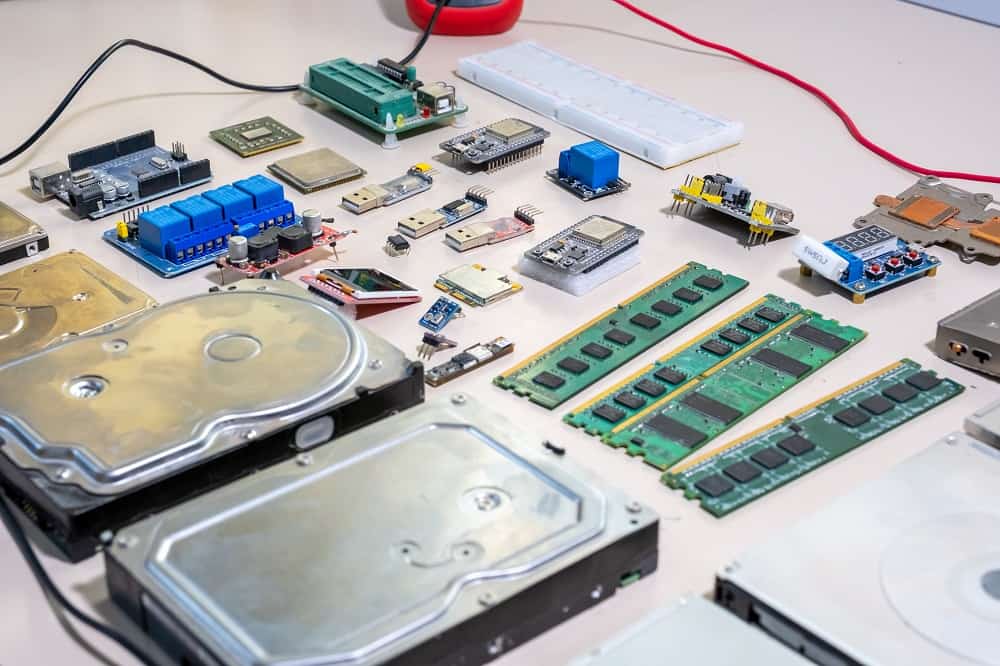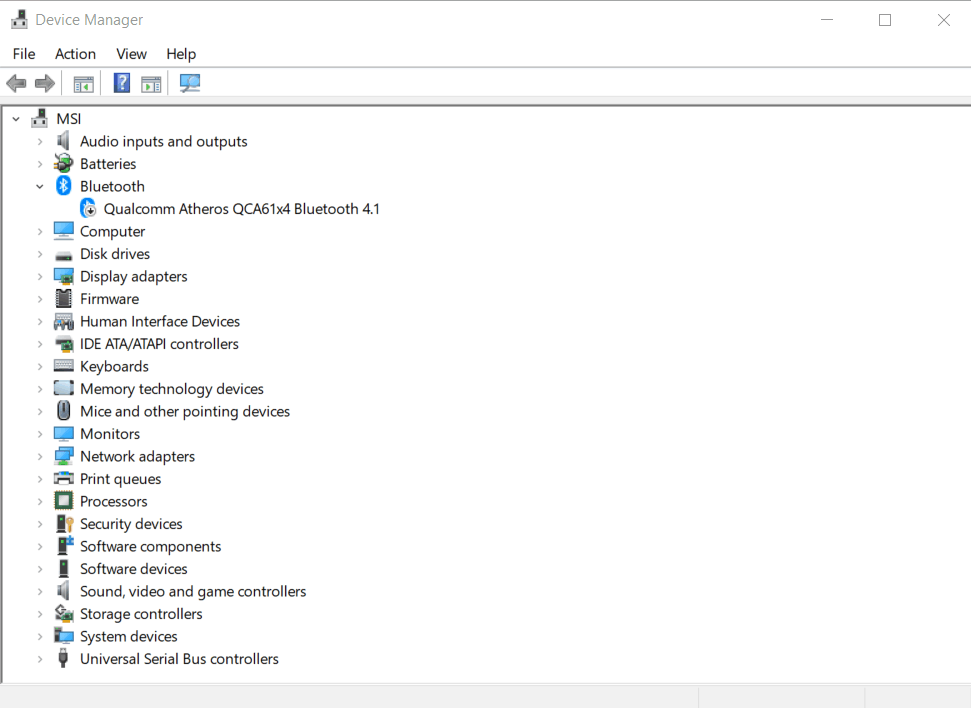Hardware refers to the actual physical devices in the computer while software refers to the virtual programming that makes the computer hardware functional for the user. Without software, hardware wouldn’t have machine-level instructions to perform tasks on the computer.
This article will provide the definition and explain the features and types of hardware and software. It will also explain the different but interrelated roles and functions of hardware and software in operating a computer system. Lastly, it will specify the differences between hardware and software in terms of production and process of repairing and troubleshooting.
Defining Hardware and Software

Computer hardware refers to the actual physical devices that comprise the computer. This includes the Central Processing Unit (CPU), video card, sound card, Random Access Memory (RAM), motherboard, hard-drive, and other components of the computer. It also includes non-essential components of the computer, also known as computer peripherals, such as the keyboard, mouse, and speakers.
Computer software refers to the programming of the computer or sequences of instructions that are responsible for the overall user experience. It is the virtual aspect of the computer that works hand-in-hand with computer hardware. This includes the computer’s operating system (OS), internet browser, and games installed on the computer.
Computer hardware, as a physical object, is manufactured while computer software is created and engineered. Both hardware and software are essential for a computer to work and function in a user-friendly manner. They are also interdependent since the software provides instructions that then operates the computer hardware.
Computer hardware understands and uses machine-level language, or machine code, which uses binary digits. Computer software, on the other hand, uses human-readable programming language that translates into machine level-language.
Roles and Functions
Since hardware and software are interdependent parts of the computer, their roles and functions are also interrelated. The hardware functions are the vehicle for the software. Without the hardware, the software cannot deliver its functions to the user. Similarly, without the software, the hardware does not have the necessary input to make it functional.
The main types of computer hardware are input, output, storage, and internal components.
Input hardware includes the devices that send data and information into the computer such as the mouse, keyboard, microphone, joystick, and barcode reader. Output hardware are the devices that translate the input into material outputs. This includes the monitor, speakers, and printers.
Storage hardware such as the hard disk drive (HDD) and the solid-state drives (SSD) save the files and applications on the computer. Internal components are the essential hardware of the computer such as the CPU, RAM, and motherboard.
Computer software also has several variations: system software, application software, utility software, and network software.
System software includes the software components that are responsible for controlling and operating the computer. This includes the computer’s operating system and device drivers. It is responsible for running the computer hardware and binding the functions of each hardware to perform user tasks.

Application software is considered to be non-essential software in the computer that only serves specific functions and performs specific tasks. This includes software such as Microsoft Word, Excel, and other database management software.
Utility software is also non-essential software that is created to assist in managing the computer. This includes antivirus software and file and disk management software. This type of software ensures that the computer runs smoothly over time by preventing harmful software from disrupting the system software and also by managing disk space to prevent crashes.
Network software is responsible for connecting a computer to a network. This type of software can manage both wired and wireless network connections given proper hardware to transmit data into the network.
Software can also be built-in with the hardware (also called firmware) and does not require external installation when installed into the computer. Firmware is unlike application software that is stored in memory and will always run when powered up, this is why it’s called firmware.
The main role of software in relation to hardware is to ensure that each hardware component communicates with other hardware components in the system effectively in order to execute user tasks.
Cost of Development and Production
The cost of producing computer hardware is much higher than producing computer software. The cost of developing computer hardware increases towards the end of the development cycle while the cost of software development remains flat throughout.
The testing phase in software development involves thousands of case tests by Quality Assurance (QA) engineers while testing in hardware development requires fewer tests by the manufacturing engineers themselves. However, testing software is only virtual which is far less expensive than testing actual physical hardware.
The hardware development process involves design, tooling, testing, and supply manufacturing. Hardware engineers design and test the hardware with certain conditions to ensure the quality and longevity of the product when released for public consumption. Software, on the other hand, is not affected by material conditions but still requires testing for bugs and glitches.
In terms of compatibility, software is often OS-specific which means a version of the software can only run on a specific operating system because of the difference in the required programming language. Hardware, on the other hand, rarely has compatibility issues because most hardware manufacturers adhere to specific production standards.
Troubleshooting and Repairing
Hardware can suffer damage from environmental factors, especially heat due to friction. Once damaged, hardware must be replaced. Repair is also an option for non-essential hardware.
The chance for hardware failure increases over time as it becomes susceptible to wear and tear. Heat build-up due to friction as well as ambient temperature in the environment can result in thermal throttling and hardware failure.
Software, on the other hand, suffers damage from malware that can cause software interference and/or file corruption. Unlike hardware, however, damage to computer software can be reversed by reinstalling the software.
Software failure is systematic and does not have an increasing chance for failure over time. Software failure is logical or pertaining to an error in the programming language, and can be remedied through repair, update, or re-installation.
Final Thoughts
Hardware and software are interrelated in making the computer operational and user-friendly. Knowing the interrelated roles of hardware and software can help in effectively diagnosing and troubleshooting computer problems.
